Introduction
Regardless of an individual's respiratory bias, the most common thing is that they generate more superficial compensation layers with respect to the initial compensation through the Infrasternal Angle (ISA) that we already discussed in the previous article.
These more superficial layers reduce the range of movement possibilities of the individual, who becomes increasingly “compressed” in an attempt to deal with his most basic needs.
This excess compression in many cases affects different levels of the posterior area of the torso, limiting different movements at the joint level that we will describe below.
Wall Supported Reach
Today we are going to analyze this exercise; for whom it is indicated, in what phase of the treatment or planning to use it, what we achieve joint by joint and how it affects the position of the legs and arms in terms of the main objective of the exercise.
Theoretical Explanation
What does excessive posterior compression affect?
Pelvis
If the compression is located at the lumbar level, this excess tension will push the pelvis forward altogether, creating (or increasing) lumbar lordosis and, thus, generating the well-known APT . This will mainly limit the Hip Flexion and Internal Rotation movements at first. In some cases (Wide ISAs), the adductors can be overexerted by pulling the pelvis down and out in an attempt to find some external rotation but losing virtually all hip IR.
An excess of APT will limit our hip flexion, even reaching 90º or less in the “Hip Flexion Test”.
Shoulders
In the upper limb , external rotation and shoulder flexion will mainly be affected. Think that the correct movement of the shoulder will depend on a correct sliding of the scapula on the rib cage.
Therefore, we can suspect compression at an intermediate level (T5-T7) if the shoulder RE is below 90º , and lower compression if shoulder flexion does not reach 90º in total.
Furthermore, we can relate these tests to the results obtained in the Toe Touch . Yes, in this test we see “flat” areas, which will indicate a lack of relative movements in said area and, therefore, expansion.

The most normal thing in this case is that this person has limited both shoulder flexion and RE.
When and with whom to use it
Especially for people with excess compression at the posterior level . That is, people who have limited, above all, shoulder flexion and RE movements.
It can also be very useful to work on the anterior pelvic tilt , generating expansion in the lumbar area and to begin to gain sensations of weight in the heels and activation of the more proximal hamstring muscles (something that the vast majority of us need).
As for when to use it, the answer is very variable, although I am going to give you the personal use that I usually give to this exercise.
- In the early stages of planning I usually use it a lot for 2 reasons. The first for its simplicity and little technique required. Ideal for beginners. The second is because many people with a large excess of APT do not even reach 90º of “clean” hip flexion. Does it make sense to put them in a “90/90 Hip Lift”? That is, I use it as a regression.
- The second application I give it is as a “Motion Pill”. Regardless of the main strength training, with my athletes there is always mandatory movement pill work to do every day and at any time of the day. These exercises must fulfill 3 aspects. The fewer exercises the better, ones that have little material and are easy to implement. Taking this into account, the “Wall Supported Reach” is one of the most common choices in my planning for many athletes.
Pelvis and Shoulders Position
Pelvis
We are looking for 3D breathing, so we must perform a retroversion of the pelvis that originates, mainly, from the ischium (not by squeezing the gut). In this way we create that neural “connection” between the proximal part of the ischia and the posterior part of the pelvis. Additionally, it is important to put the weight on your heels.
It is important not to excessively increase knee flexion for two reasons. The first is because we would increase the RPE (intensity) of the exercise so it could stop having a more corrective nature and start having a more compressive approach. Keep in mind that any exercise that approaches failure (say an RIR below approximately 6) will always have a more compressive nature. Secondly, because at 90º flexion we would be giving more importance to the most distal part of the ischia and, in this case, remember that one of the main focuses is the retropelvis.
*Also remember that between 0-60º of hip flexion the pelvis has more of a bias towards RE (inhalation).
Shoulders
In the article and article we talk about the upper limb and how the different angles of flexion of the shoulder will affect the position of the scapula and, therefore, how the muscles are oriented. With reaches below 60º , more or less, we will be facilitating superior anteroposterior (T2-4) and posteroinferior (T5-7 and below T8) expansion.
Forearms*
Supination and pronation also play a role. In this case, the supination of the forearm and hand is related to the humeral RE , which will have an impact on a scapular IR , orienting all the scapular RE more eccentrically and favoring the expansion of the posterior area of the torso with respect to the anterior.
Conclusions
RE, RI, Flexion... What a mess! Believe me I understand you. That is why I recommend that you read the article again when you can, complementing it with the more theoretical articles on pelvis and shoulders that I leave below ( article , article , article ).
In the meantime, stick with this. In this exercise we manage to improve posterior expansion so it will work great for people with strong posterior compression and its associated limitations.
Practice, use it, experiment with variants and solve common problems in the simplest way!
Hugs! 😊


